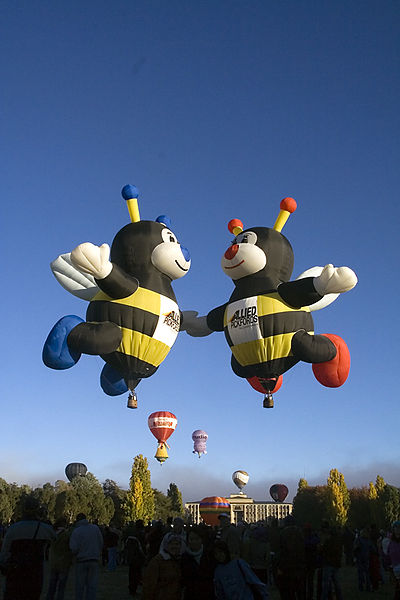LJUBLJANA, Slovenia (AP) — The hot air balloon that crashed in Slovenia was one of the largest of its kind in the world. Tourists who are willing to pay more than $100 each to be crammed aboard the capsules of such balloons often enjoy sightseeing adventures over the Slovenian Alps and its lakes.
But the giant balloons aren’t always easy to operate. On Thursday, one was swept up in a storm and crashed in a fireball outside Slovenia’s capital, killing four of its 32 riders and injuring the rest.
HOW DO SUCH HOT AIR BALLONS OPERATE?
The hot air balloon is the oldest successful flight technology that carries passengers, also known as balloon aircraft. A hot air balloon consists of a bag called the envelope that contains heated air. Suspended beneath it is a gondola, or in some high-altitude balloons, a capsule. A source of heat for the air in the balloon in most cases is an open flame blower.
WHAT’S A TYPICAL BALOON JOURNEY IN SLOVENIA LIKE?
Thursday’s flight offered a 100 euro ($125) ride from near the capital, Ljubljana, and over the Alpine scenery toward Bled, the most popular tourist resort in scenic Slovenia. The flight usually lasts about 1 ½ hours and the participants riding in the large basket receive a diploma and a glass of champagne.
WHAT OTHER COUNTRIES ARE USING SUCH BALLOONS?
Similar balloons are used for sightseeing in Kenyan and South African safari parks and in Australia. .
WHAT DID THURSDAY’S BALLOON LOOK LIKE?
Its brown woven rattan basket is 5.20 meters long (18 feet) and 1.70 meters wide (5 feet, 7 inches), and is usually divided into four compartments. All the passengers must stand during the flight, with their feet spread. Children under 15 are not allowed.
WHAT ARE THE SAFETY RECORDS OF SUCH BALLOONS?
Smaller balloons are much easier to handle and maneuver. Those carrying up to 32 people usually climb vertically up to 2,000 meters (6,500 feet) and don’t move sideways or glide with the wind. Balloon accidents occur for a variety of reasons, but human error and the decision to fly during weather warnings is frequently mentioned as a primary cause. There were rare cases where an accident was attributed to failure of the balloon hardware.
WHAT ARE THE SAFETY REGULATIONS FOR BALLOON FLIGHTS?
According to international safety regulations, balloon pilots are certified just like airplane pilots and must have operational certificates. Balloons are aircraft just like planes and they must meet safety standards and are inspected on a regular basis. In addition, pilots must inform passengers about safety behavior during flights prior to liftoff. The basket must be robust enough to ensure adequate protection to all occupants even during rough landings. The burner unit must be designed and installed in such a way to avoid a fire hazard.
WHAT HAVE BEEN THE WORST HOTE BALLOON ACCIDENTS?
On Aug. 13, 1989, two hot air balloons collided near Alice Springs, Australia, causing one to crash to the ground, killing 13 people. It is the deadliest hot air ballooning accident in the history of aviation.
On Jan. 7, 2012, a scenic hot air balloon flight from Carterton, New Zealand, collided with a high voltage power line while attempting to land, causing it to catch fire, disintegrate and crash just north of the town, killing all 11 people aboard.
Slovenia has had two major ballooning accidents in recent years. In 2002, one caught fire and nine people were injured. In 2006 four people were hurt when a balloon crashed.
___
AP reporters Jovana Gec, Dusan Stojanovic, Slobodan Lekic and Marko Drobnjakovic contributed.

